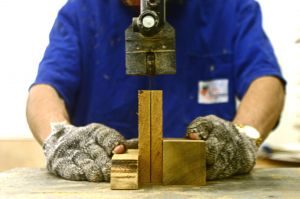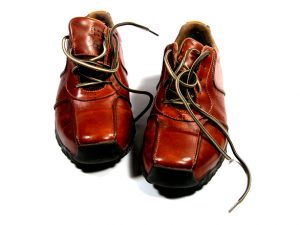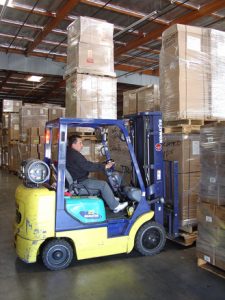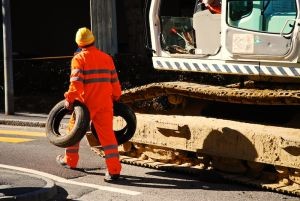When we think of the typical workers’ compensation case, if there is such a thing, we tend to think of an injury caused by some type of accident while on the job. In some cases, we are talking to about an illness caused by chemical exposure or some other type of hazardous material including asbestos, but sometimes a worker is injured or even killed by the intentional act of another person or employee. If this happens, the worker or his or her family can still file a workers’ compensation case in many instances, and that may be the only remedy available.
 According to a recent article form NBC News, a deli worker in Queens, New York was shot and killed while working during an attempted robbery that went horribly wrong. Authorities have said the robbery occurred at approximately 4:30 a.m. at the deli in the Jamaica neighborhood. Two gunmen are alleged to have come into the store through the rear entrance. Continue reading
According to a recent article form NBC News, a deli worker in Queens, New York was shot and killed while working during an attempted robbery that went horribly wrong. Authorities have said the robbery occurred at approximately 4:30 a.m. at the deli in the Jamaica neighborhood. Two gunmen are alleged to have come into the store through the rear entrance. Continue reading
 Massachusetts Workers Compensation Lawyers Blog
Massachusetts Workers Compensation Lawyers Blog











